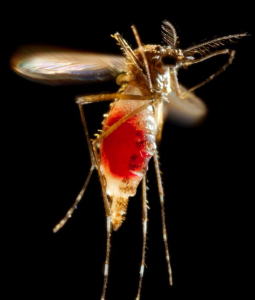In a follow-up to a report last week concerning locally acquired cases of dengue fever in Hawaii, state health officials now put the case tally at 10.

Officials have identified at least one dengue “hotspot”in South Kona, in the Ho’okena / Honaunau area; however, there could be more.
Local transmission means that mosquitoes in the area have been infected with chikungunya and are spreading it to people.
According to the Pan American Health Organization (PAHO), as of Oct. 15, 364 lab confirmed dengue cases were reported in the US with 91 percent being travel associated.
Dengue fever is an infectious disease carried by mosquitoes and caused by any of four related dengue viruses. This disease used to be called “break-bone fever” because it sometimes causes severe joint and muscle pain that feels like bones are breaking.
People get the dengue virus from the bite of an infected Aedes mosquito. It is not contagious from person to person.
There are three types of dengue fever in order of less severe to most: the typical uncomplicated dengue fever, dengue hemorrhagic fever (DHS) and dengue shock syndrome (DSS).
The World Health Organization (WHO) estimates there may be 50–100 million dengue infections worldwide every year. However, new research from the University of Oxford and the Wellcome Trust, using cartographic approaches, estimate there to be 390 million dengue infections per year worldwide.
Robert Herriman is a microbiologist and the Editor-in-Chief of Outbreak News Today and the Executive Editor of The Global Dispatch
Follow @bactiman63
Related:

